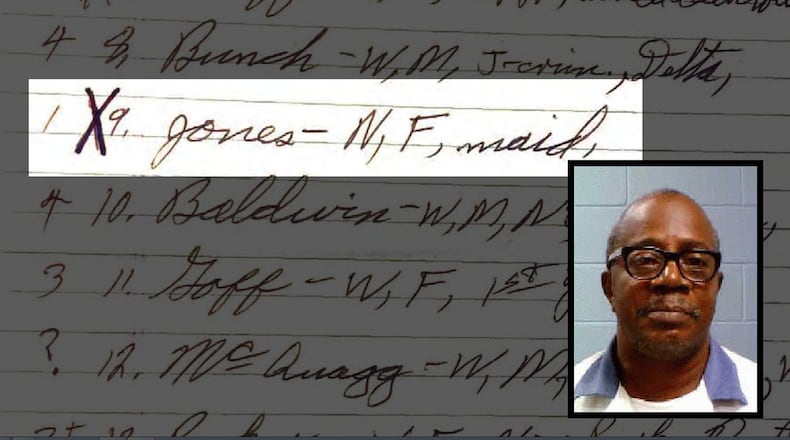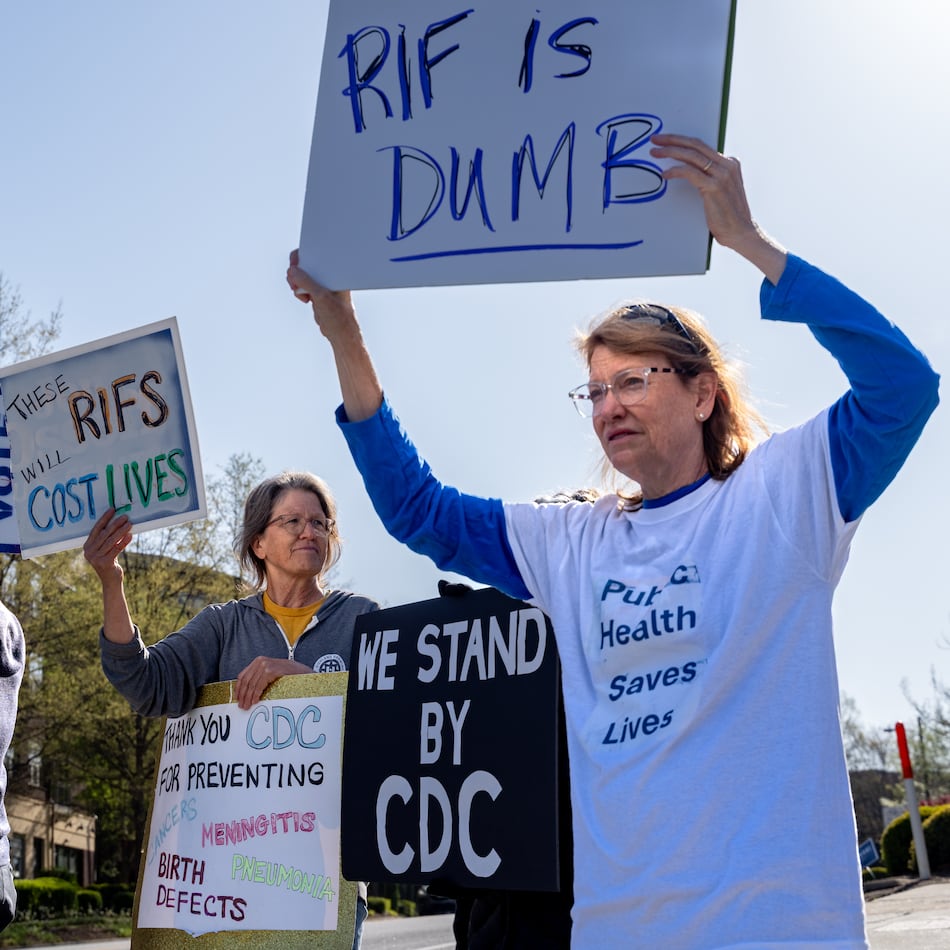The state Supreme Court is considering whether Johnny Lee Gates deserves a new trial for a 1976 murder because DNA test results strongly suggest someone else may have committed the crime.
On Tuesday, Gates’ lawyer contended the DNA tests prove Gates is innocent. But a state attorney argued it’s not an open-and-shut issue in light of multiple confessions by Gates and his fingerprint being found at the scene.
Gates was initially sentenced to death row for raping and killing 19-year-old Katharina Wright, a German immigrant who had moved to Columbus just 12 days earlier to live with her husband, a soldier at Fort Benning. At trial, prosecutors said Gates tightly bound Wright with a necktie and a belt from a bathrobe.
Those two items of evidence were long believed to have been destroyed. But after representatives from the Georgia Innocence Project found the tie and belt in the Muscogee County district attorney’s office in 2015, state court Senior Judge John Allen allowed the items to be tested for DNA. A series of tests, concluded three years later, found the presence of DNA from as many as five individuals on the tie and belt — but not from Gates. (By then, he had been re-sentenced to life in prison without the possibility of parole.)
Early this year, Judge Allen granted Gates a new trial based on the DNA results. He also condemned the prosecution's tactics during jury selection, finding "undeniable" and "overwhelming" evidence of race discrimination.
Allen noted that prosecutors "clearly engaged in systematic exclusion of blacks during jury selection" to get an all-white jury. He noted the prosecution's own notes labeled prospective white jurors with a "W" and black jurors with an "N."
Moreover, Muscogee prosecutors, in seven death-penalty trials from 1975 to 1979, struck every possible black juror to get all-white juries in six of those cases. In the seventh, the prosecution couldn’t get an all-white jury only because it didn’t have enough strikes to get rid of all the black jurors, court filings say.
During Tuesday’s arguments, Justice Keith Blackwell called those claims “very troubling.” Justice Nels Peterson said he found them to be “plainly disturbing.”
But the justices spent almost all of the allotted time questioning lawyers about the DNA results, not jury selection. Through questioning, Peterson suggested the court may not have to address the race discrimination claim if it agrees Gates deserves a new trial based on the DNA evidence.
The Supreme Court’s decision is expected in the coming months.
Channell Singh, a lawyer from the state attorney general’s office, said the new evidence does not prove Gates did not rape and kill Wright by shooting her in the head. Gates gave both audio-recorded and videotaped confessions and his fingerprint was found at the scene, Singh noted.
But Justice Charles Bethel asked: Wouldn’t evidence of someone else’s DNA being found on the tie and belt been of use to Gates’ defense if it had known that at the time of trial?
“We can only speculate,” Singh replied.
“Really?” responded Justice Sarah Warren, in apparent disbelief.
“You can only speculate?” asked Justice David Nahmias in a similar tone.
But Singh held firm. “Would the jury have been persuaded to acquit him?” she replied. “That I can’t agree to.”
Nahmias noted prosecutors had obtained the confession of another individual, who was not tried for Wright’s murder.
“The issue is when you add in this new evidence, would it have made a difference?” asked Nahmias, a former U.S. attorney.
“Wouldn’t it have allowed jurors to make inferences?” Warren added.
Bethel later asked: Wouldn’t it have been extremely important for the jury to know that the DNA found on the evidence didn’t come from Gates?
Singh argued that some of the DNA on the items was found to be degraded, suggesting the degraded DNA could have been Gates’.
But Warren questioned that line of argument. If Gates had indeed strongly bound Wright with the belt and tie, wouldn’t it be far more likely for his DNA to be detectable when tested decades later? she asked.
Patrick Mulvaney, one of Gates’ lawyers, acknowledged that his client had confessed to Wright’s murder, but argued that what Gates actually said didn’t match up with the physical evidence.
As for the fingerprint, it was found two months after the crime and just hours after police had Gates walk through the apartment to recreate what had happened, Mulvaney noted.
About the Author
The Latest
Featured





